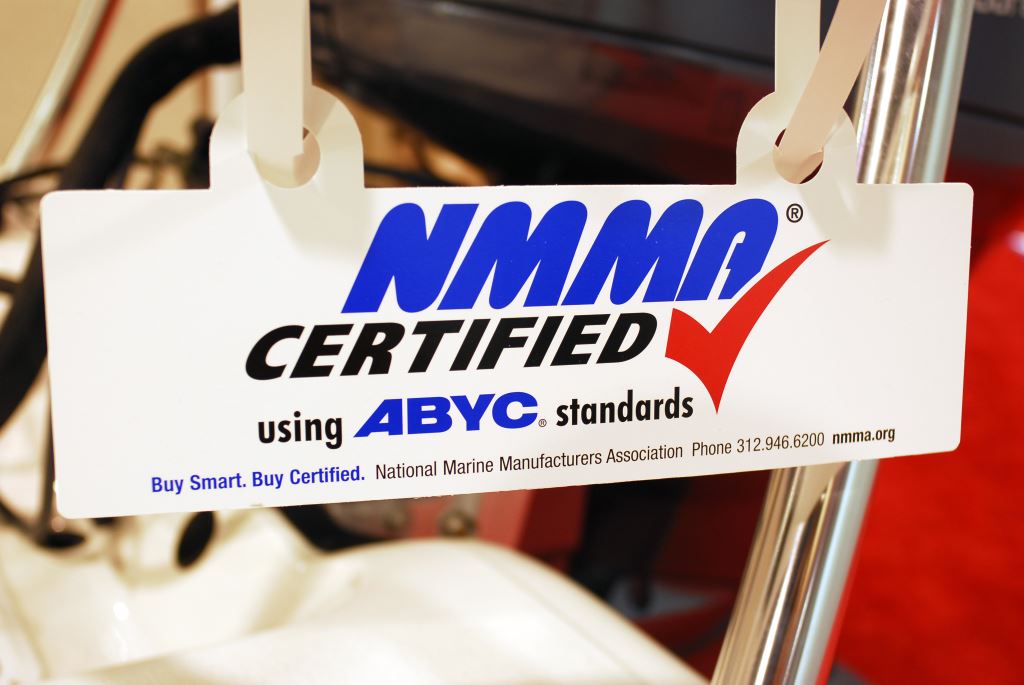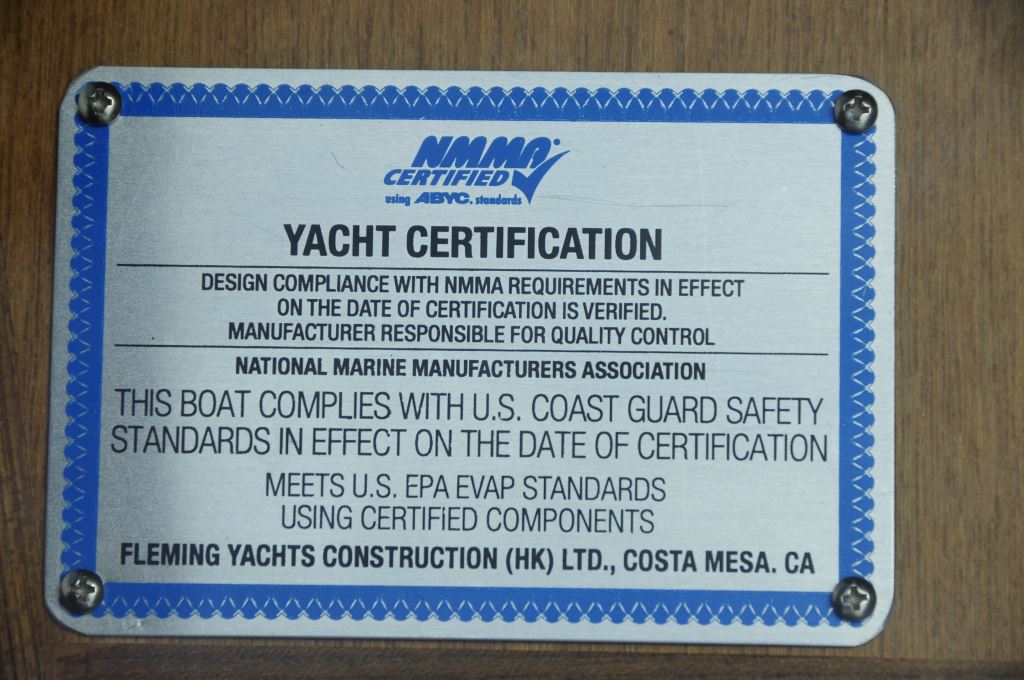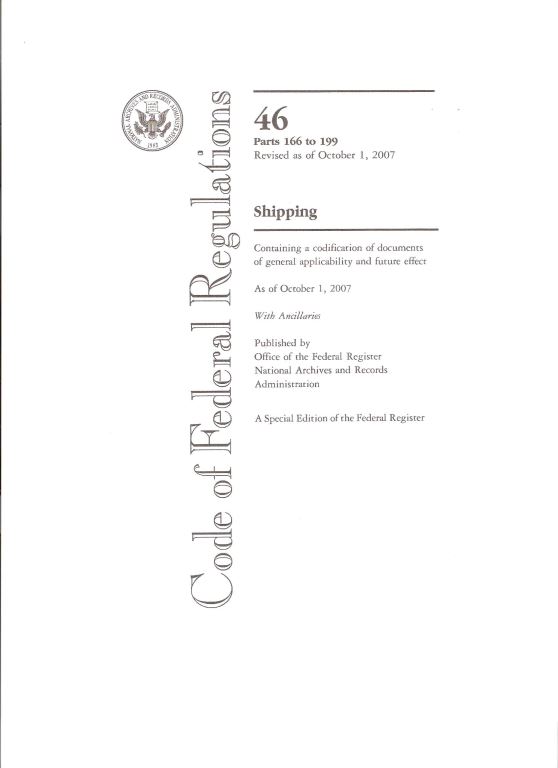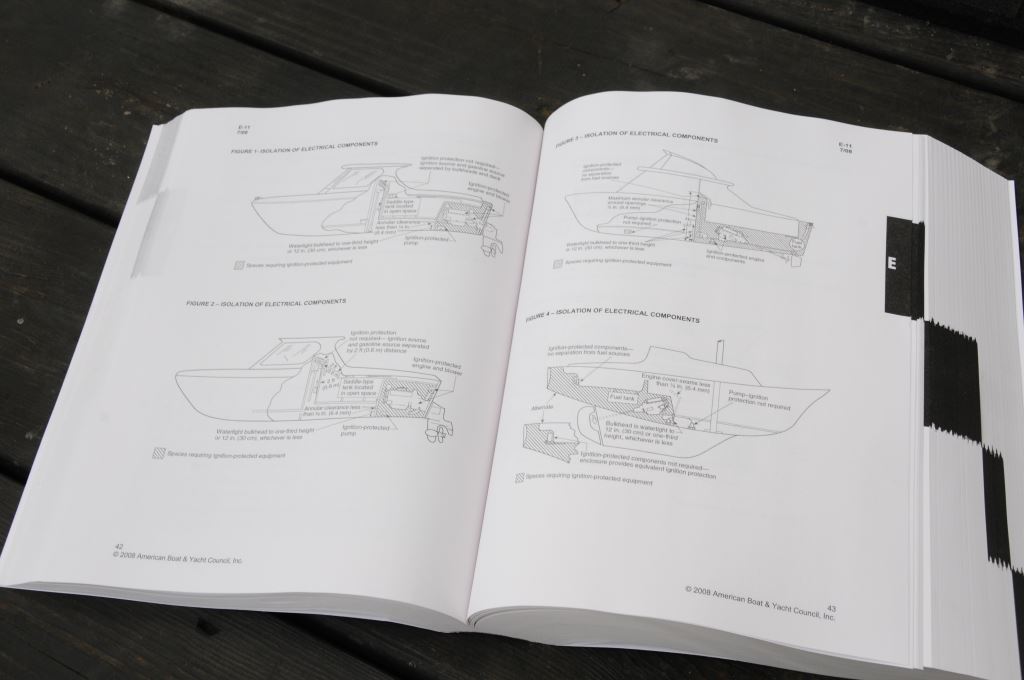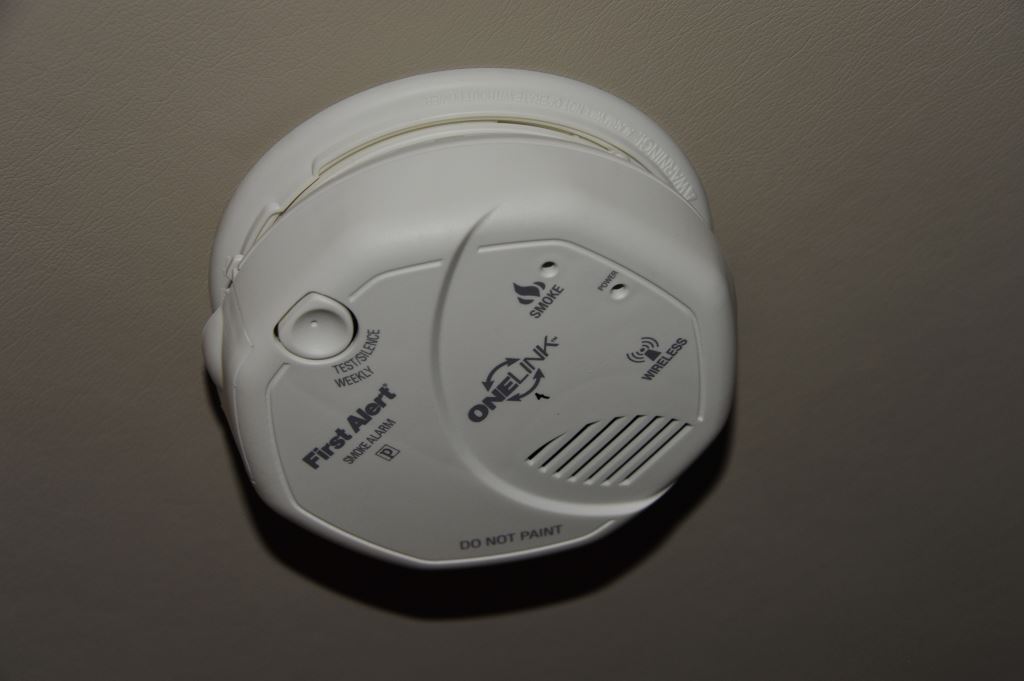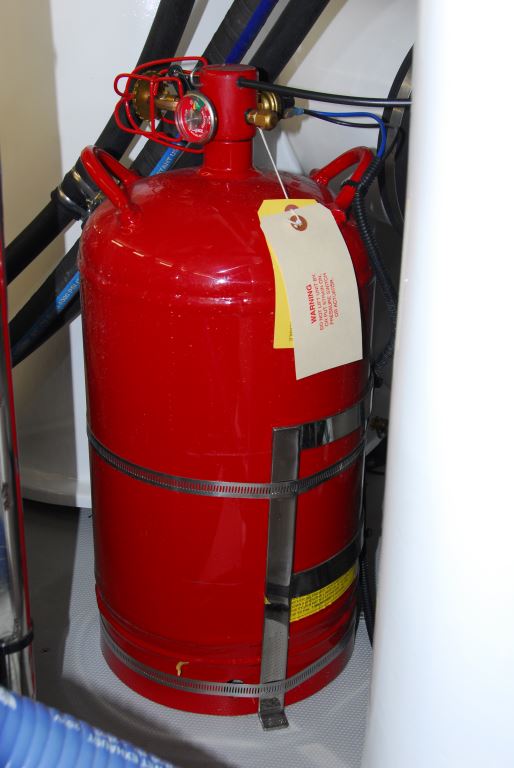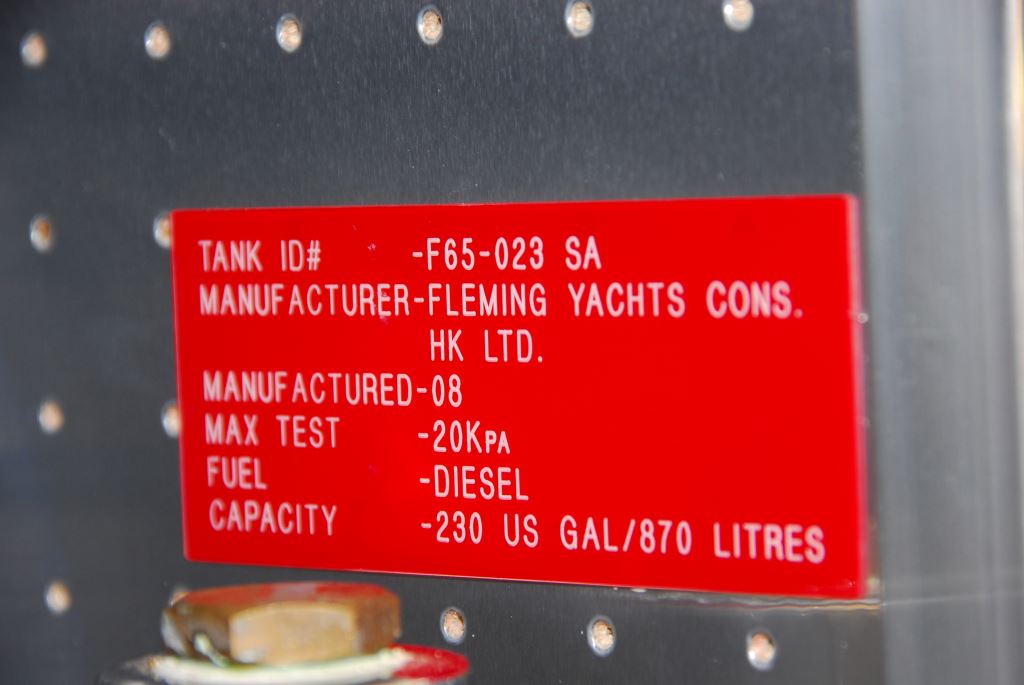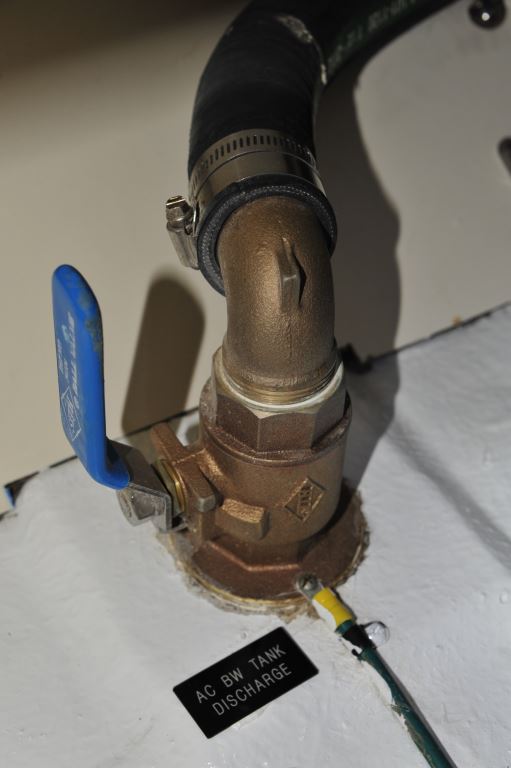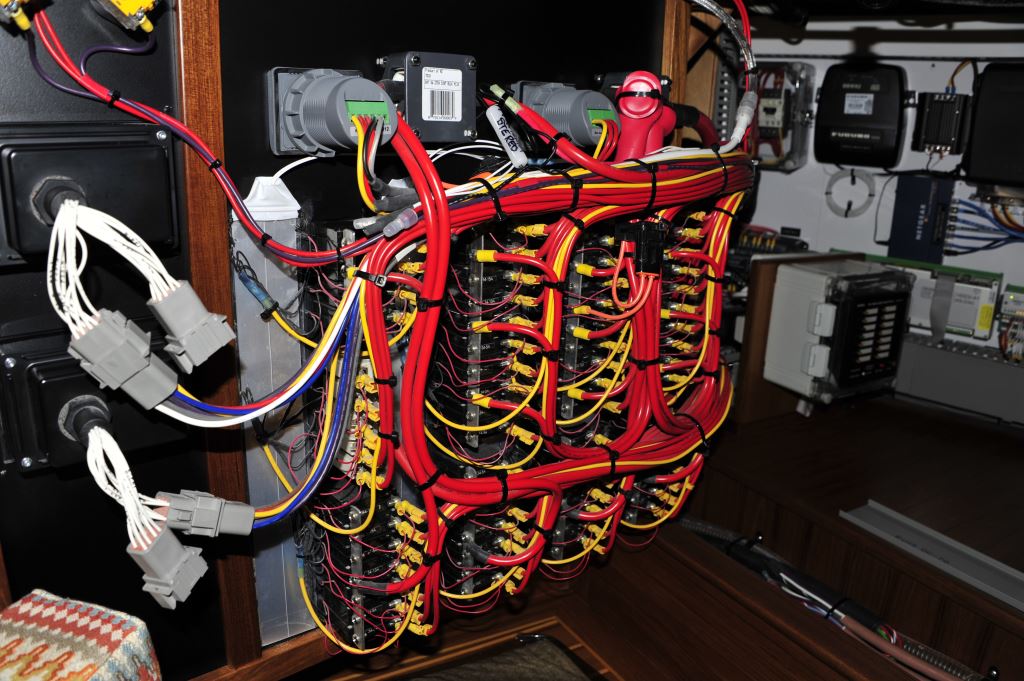From the Masthead
The Great 2 vs. 30 Micron Fuel Filter Debate
If you want to start a debate, or an argument, on the dock, bring up either anchor selection, or preferred primary fuel filter micron ratings. For now, I’ll just take on the latter.
Recently, this subject came up on a forum to which I contribute, and in very short period of time it generated a slew of comments, reinforcing my above statement, only in this case it was a virtual dock.
For diesel engines, primary fuel filters are the first filter the fuel encounters after it leaves the tank. These are commonly water separating and include a clear plastic bowl, and a replaceable element; they are often, but not always, Racor turbine series, and they are provided and installed by the boat builder, and being between the engine and the tank, these filters are under vacuum (or perhaps slight pressure if the fuel level in the tank is higher than the filter, and the tank feeds from the bottom). Secondary filters, on the other hand, are usually attached to the engine, these are most often spin-on and all metal, however, occasionally they are a sandwich variety, with top and bottom caps, again all metallic. They are provided by the engine manufacturer, and they operate under fuel lift pump pressure, which is moderate, usually below 15 psi (1 bar). Racor primary filter elements are available in 2, 10 and 30 micron ratings. Parker, Racor’s manufacturer, and every engine manufacturer I’ve ever encountered, dictates that 2-micron elements are reserved for secondary filtration. However, virtually every new Racor turbine series filter comes with a 2-micron element installed, so if users replace like with like, then the 2-micron primary element becomes, albeit flawed, a case of, “that’s what was there, and it worked, I’m afraid to change it”.
Regardless of that misguided tradition, it’s best to follow your engine, and primary filter, manufacturer’s instructions for primary filter element micron rating. For conventionally- injected, ‘pump-line-nozzle’ (PLN) fuel systems, that’s often 30-microns, and for high pressure common rail (HPCR) or high-pressure electronic unit injection (HEUI) that’s typically 10-micron; but again, check with your engine manufacturer.
Secondary filter micron ratings vary from 2 to 20 microns, with finer filtration usually being reserved for electronically-controlled engines, however, these are strictly dictated by the engine manufacturer, you have no say in the matter. The micron rating of this filter is a function of the largest size debris that will pass though the fuel system without causing clogs or malfunctions. Old-school PLN systems operate at lower pressures and larger tolerances, and are thus far more tolerant of contaminants.
With this sequential filtration arrangement, 10 or 30 for the primary and the engine manufacturer’s pick for the secondary, contaminants are spread out over the greatest filter media area, and thereby offer the longest filter life. For more on this subject see this column.
Finally, there is another fuel myth floating around that says, ‘a 2-micron primary element induces more restriction in the fuel system than a 10 or 30 micron element’. Comparing clean, new elements, there is no difference in restriction between 2, 10 and 30-microns. However, a 2-micron element is more likely to become obstructed sooner than a 10 or 30-micron element, so ultimately it may present more restriction. While that’s not the sole reason for not using 2-micron elements as primary filtration, it can cause premature filter clogging.
This month’s Marine Systems Excellence column covers the subject of new vessels and their ABYC compliance, I hope you find it both interesting and useful.
Boat Shows: When it comes to standards, do boat builders walk the walk?
This “NMMA Certified using ABYC Standards” placard means the builder participates in the National Marine Manufacturer’s Association voluntary standards compliance program.
Where boats are concerned, the standards to which it is built, or not built, should be of paramount importance to any potential buyer. It therefore comes as a surprise to many would-be boat owners that there are precious few legally-binding requirements placed on boat builders and repairers. Gasoline-powered vessels must meet certain segments of the Code of Federal Regulations or “CFR”, where electrical, fuel, ventilation and a handful of other systems are concerned, however, beyond the need for navigation lights, fire extinguishers, and a few other requirements for diesel-powered recreational vessels are virtually non-existent. This places significant responsibility on boat builders (and the yards who repair them) to voluntarily do the right thing. Adding to the confusion, the definition of “the right thing” is often open to debate.
The US Code of Federal Regulations Chapter 46 details laws related to recreational boat building, however, few of these apply to recreational diesel powered vessels.
Enter the American Boat & Yacht Council (ABYC). This Annapolis Maryland-based organization produces the Standards and Technical Information Reports for Small Craft, a telephone book-like tome (now digital of course), which guides boat builders and repairers through a variety of technical standards, in everything from steering, seacocks and prolusion, to electrical systems, carbon monoxide detection, and visibility from the helm. It’s important to emphasize, however, compliance with ABYC Standards is purely voluntary.
The ABYC Standards manual, which is available in both print and electronic format, includes over 60 chapters, covering everything from LP gas and battery installation to steering and sewage systems.
Many boat builders recognize the validity and wisdom of complying with at least some of the many ABYC Standards, as they undoubtedly make for a safer and more reliable boat, albeit at a somewhat higher cost. Production boat builders can opt to go one voluntary step further, by participating in the National Marine Manufacturers Association’s (NMMA) ABYC compliance certification program, wherein they submit an example model for inspection, to confirm compliance with key (not every), ABYC Standards.
Standard A-4,“Firefighting Equipment and Detection Equipment” calls for fire detection systems (smoke or heat) aboard vessels with specific enclosure, accommodation and sleeping spaces; as well as making clear the requirements associated with fixed fire fighting systems.
While the program isn’t perfect (not every vessel produced is inspected, which can and sometimes does lead to non-compliance), it is an indication of the builder’s commitment to produce an ABYC-compliant vessel; and each model must be re-inspected annually. One advantage for buyers; for builders who do participate, there is no doubt about the standard to which they can be held. The Certification program covers over 30 categories of ABYC Standards (out of over 60), which vary by boat type. These include, among others, fuel system, electrical systems, ventilation, navigation lights, flotation (for boats under 20′), steering systems, and passenger and weight capacity (for boats under 26′).
Not only does Standard H-33, “Diesel Fuel Systems” establish the construction and testing standards for fuel tanks, it also requires the placement of tank data placards.
It’s worth noting, participation in this program is no guarantor of quality or ethical business practices, and by the same token, builders who do not participate should not be dismissed or condemned by any means, many build fine vessels and simply choose, for various reasons, not to go this route. The program is well suited, but not limited, to production builders who produce the same product over and over again.
Standard H-27, “Seacocks, Thru-Hull Fittings and Drain Plugs” dictates the manner in which seacocks must be installed, and the tests they must pass, including static load, in order to comply with ABYC Standards.
For a vessel in which you are interested, in the case of a builder who chooses not to participate in the NMMA/ABYC Certification Program, consider posing the following questions.
- Do you belong to the ABYC (this can be easily verified on the ABYC website)?
- If so, is the boat built to comply with applicable ABYC Standards?
- If so, with which standards do you comply (remember, very few vessels comply with every Standard)?
At the very least, in addition to the mandatory CFR requirements, every vessel should, in my opinion, comply with standards related to electrical systems, including A-31 Battery Chargers and Inverters, E-10 Storage Batteries, and E-11 AC and DC Electrical Systems, the new E-13 for Lithium-Ion batteries, as well as A-24 Carbon Monoxide Detection Systems.
Understandably, Standards associated with electrical systems are understandably among the most complex and voluminous, as there is risk for both fire and electrocution when non-compliant.
It’s not unusual for boat owners, particularly those whose boats have recently undergone a survey, to believe that the ABYC is party to a conspiracy between boat builders, surveyors, boat yards and insurers, in which the goal is to drive up the cost of boats and boat ownership. In my over three decades in the marine industry, and as a long-time member of ABYC, and Certified ABYC Master Technician, and a sometime critic of the organization, I’ve seen nothing that would bear out this assertion. Instead, the American Boat and Yacht Council, imperfect though it may be, represents a force for good in the world of boat building and repair, having raised the bar significantly, in reliability, seaworthiness and safety. It’s a product that can and should be used to the advantage of all boat buyers and owners.
While no guarantee of quality, participation in the NMMA/ABYC Compliance Program, it is an admirable indication that the builder is willing to follow guidelines established by a recognized, and respected, third party.
To learn more about ABYC, including gaining a free trial access to the Standards, visit www.abycinc.org and to learn more about the NMMA Certification Program visit this page.

